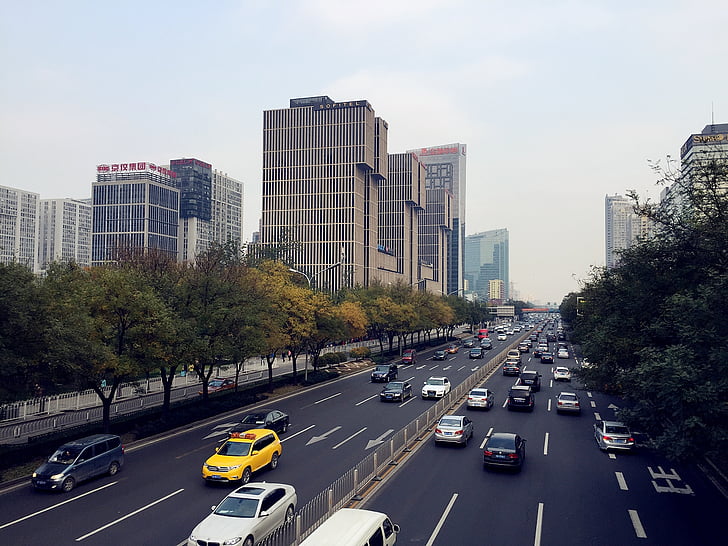As cities continue to grow and evolve, efficient transportation systems are more crucial than ever. With urbanization on the rise and traffic congestion becoming a daily frustration, cities around the globe are turning to Intelligent Traffic Management Systems (ITMS) to revolutionize how we move.
Understanding Intelligent Traffic Management Systems
What is ITMS?
Intelligent Traffic Management Systems (ITMS) are sophisticated networks of sensors, cameras, and communication technologies designed to monitor and manage traffic flow in real-time.
How ITMS Works
Using a combination of data analytics, artificial intelligence (AI), and the Internet of Things (IoT), ITMS collects and analyzes traffic data to optimize signal timings, manage congestion, and improve safety on roads.
Key Components of ITMS
Traffic Surveillance Cameras
High-definition cameras installed at key intersections and roadways capture real-time footage of traffic conditions, allowing operators to monitor congestion levels and respond accordingly.
Traffic Sensors
Embedded in roadways or attached to traffic signals, sensors detect vehicle presence, speed, and traffic density, providing valuable data for optimizing signal timings and managing traffic flow.
Communication Infrastructure
A robust communication network enables seamless data exchange between traffic management centers, roadside equipment, and vehicles equipped with connected technologies.
Benefits of ITMS
Improved Traffic Flow
By dynamically adjusting signal timings and coordinating traffic signals based on real-time data, ITMS reduces congestion, minimizes delays, and improves overall traffic flow efficiency.
Enhanced Safety
ITMS plays a crucial role in enhancing road safety by detecting and responding to incidents promptly, optimizing emergency response times, and implementing measures to prevent accidents.
Environmental Sustainability
By reducing idling time, optimizing traffic flow, and promoting alternative transportation modes, ITMS contributes to lower emissions and a greener urban environment.
Future Trends and Innovations
Integration with Autonomous Vehicles
As autonomous vehicles become more prevalent, ITMS will evolve to seamlessly integrate with these vehicles, optimizing traffic flow and ensuring safe interactions between human-driven and autonomous vehicles.
Predictive Analytics
The future of ITMS lies in predictive analytics, where machine learning algorithms analyze historical data to anticipate traffic patterns, proactively manage congestion, and optimize transportation systems.A recent study suggests that the global intelligent traffic management system market is expected to reach US$ 21.55 billion in 2024 & further increase at a massive rate
Challenges and Considerations
Privacy and Data Security
With the proliferation of data collection technologies in ITMS, ensuring privacy protection and data security measures are paramount to maintaining public trust and compliance with regulations.
Infrastructure Investment
Implementing and maintaining ITMS requires significant infrastructure investment, posing challenges for cash-strapped municipalities and governments.







No comments:
Post a Comment